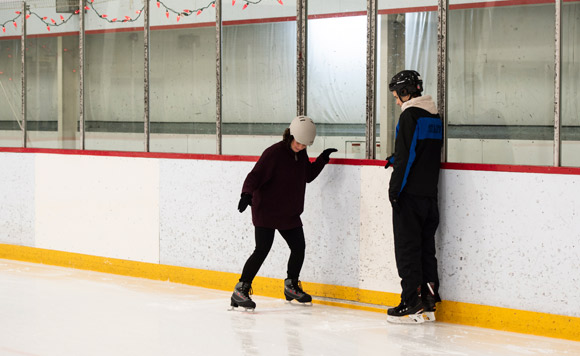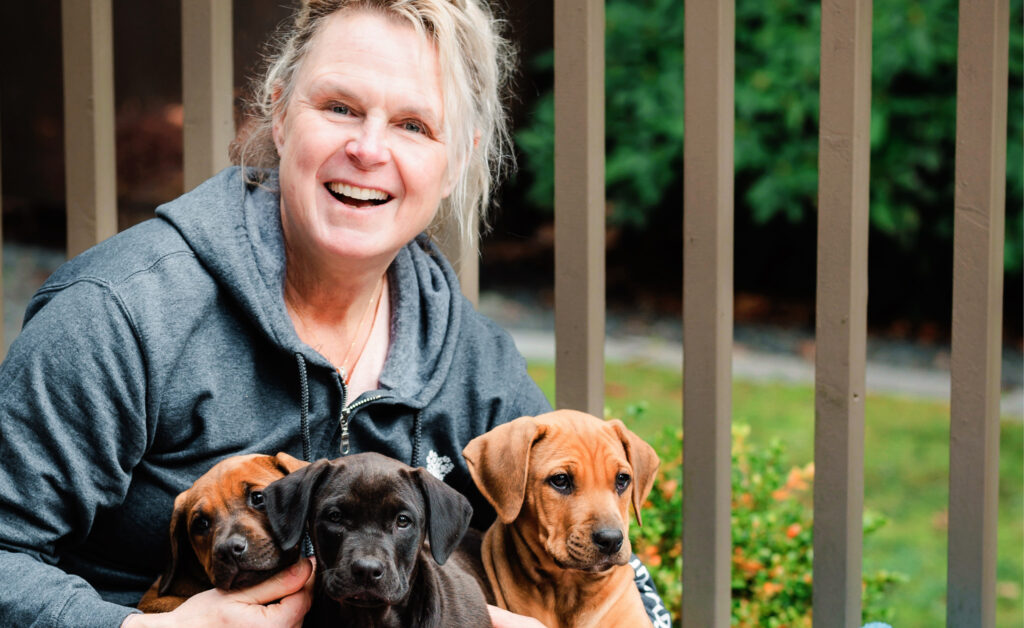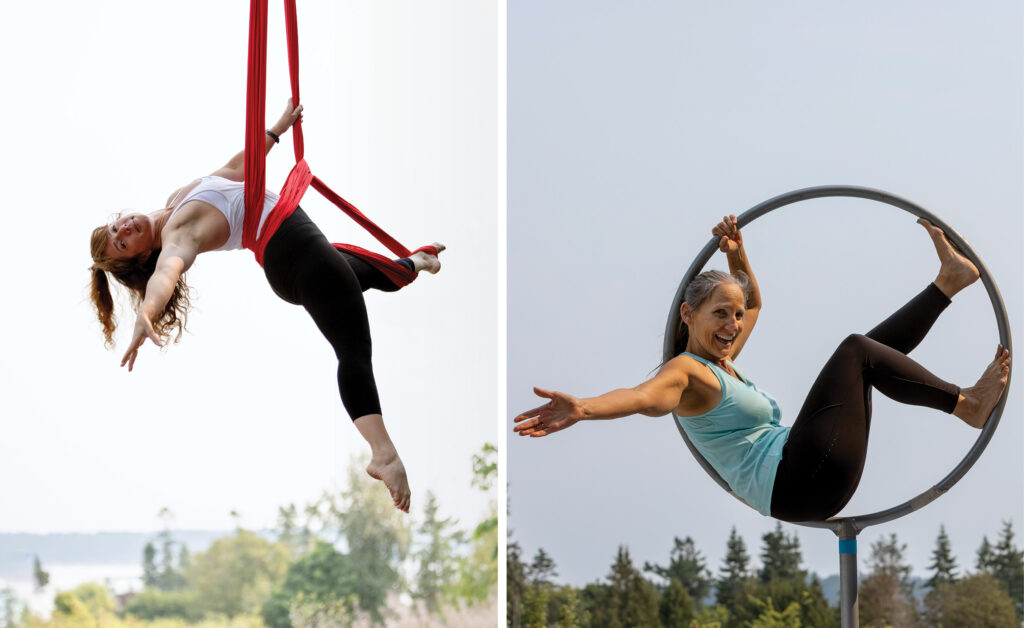by Deborah Rogers –
The prospect of my Day Out this month gave me shaky hands! Another “outside my comfort zone” activity – something I’d like to be good at, but haven’t dared to try before. Readers who grew up in Canada will almost certainly have skated at some point in their lives, but I grew up in rural south-west England. It was not cold enough for frozen ponds, and the nearest ice rink was an hour’s drive away. I remember watching Torvil and Dean win gold in the 1984 Winter Olympics, but otherwise ice skating had never touched my life until I moved here, and enrolled my children in lessons.
The cold of the arena, the wet floor, the hard surfaces: it just takes me back to the drama of making sure one child has his gloves and helmet and boots laced properly, whilst an errant toddler is trying to escape up metal stairs. I had only ever associated the ice rink with stress. This was my chance to put that connection in the past and approach the arena with a different mindset.
When I connected with Rhys Dunford, Arena Program Assistant at Panorama, by email ahead of my lesson I got my excuses in early: “at 41 I’m a total newbie to skating, think you can get me up on my feet in 20 minutes?” His reply put my mind at rest: “I will sure try my best! Most of my adult students either have never stepped on the ice before or haven’t done so in years.”
Rhys invited me to join him at a quiet Adult Skate one Thursday afternoon. When I arrived there were already a few adults elegantly taking turns around the rink. It was quite a different energy from the after-school mayhem I’d previously experienced. I was feeling more and more positive about the whole thing!
Once I had some skates on (and helmet of course – a head injury is not to be underestimated) the nerves reappeared. It just doesn’t seem that the most practical way to stand up on a slippery surface would be to attach two very thin blades to your feet. And yet, and yet … I told myself “people have been doing this for years! Children can do it! Those people on the ice in front of you are in their 60s and 70s! Come on Deborah!” and with Rhys encouraging me from the rink, and photographer Cassidy behind me to capture the moment I would fall on my face, I stepped, gingerly, onto the ice.
Breaking news: I didn’t fall!
I don’t know why the fear of falling is so strong. Rhys was very reassuring as he told me that it’s something that everyone does, and sometimes the best way to get over the fear is just to let it happen! He advises cautious skaters to consider wearing protection (knee pads, hip pads) if it will help them relax. Observing other skaters gracefully gliding past told me that holding a relaxed posture was going to help. So I relaxed, focused on Rhys, and tried to let my body get the feel of the motion.
Tip one as we edged slowly around the rink was to make a vee shape with my feet and push off from the back foot. Suddenly the motion felt more natural. It’s a push and glide, push and glide (and occasional steady of myself against the arena wall). Once I’d completed a couple of laps we stopped and Rhys showed me a technique from his kids’ lessons. He marked a spot on the ice with a marker for me to attempt to shave away, learning the sideways pushing motion that’s required for efficient skating. I wasn’t that great at it to be honest, but on my next lap I was moving a bit faster, touching the side less, and able to look ahead more often.
My heart rate was raised, cheeks a little rosy and there was definitely a burn in my glutes! Rhys said that people come back to skating after many years off the ice, or start as complete beginners, at any age. Through the winter there are adult-only skates at all the local arenas. There’s no excuse not to go again it seems.
What do you want to see Deb do next? Email news@seasidemagazine.ca with your ideas or an invitation!




